Everyday Asian Cooking Chinatown Recipes Lina Chang All rights reserved 2021 by Lina Chang and The Cookbook Publisher. No part of this publication or the information in it may be quoted from or reproduced in any form by means such as printing, scanning, photocopying, or otherwise without prior written permission of the copyright holder. To visit Lina Changs authors page, click here .  www.thecookbookpublisher.com
www.thecookbookpublisher.com
CONTENTS
JUST FOR MY READERS! 100% FREE BONUS! To thank you for downloading my book, for a limited time, you can get these two FREE COOKBOOKS from the Cookbook Publisher.

Just CLICK HERE to download your two free cookbooks


COOKING LIKE IN CHINATOWN!
The foundation of American Chinese cuisine was laid in the midthe 1800s, when a large influx of Chinese immigrants, mainly from Canton (today known as Guangzhou), arrived in California during the Gold Rush. The immigrants began opening restaurants and gradually settling in, and Chinatowns grew up all over the area.
By the 20th century, the impact of Chinese food on Americans had become so large that an entirely new Chinese-American had developed.
Key Ingredients of Chinatown Cooking
To be served in America, Chinese cuisine had to evolve, resulting in a distinct cooking style. Vegetables are often served as a garnish in American Chinese cuisine, while vegetables are emphasized in authentic Chinese cuisine. Authentic Chinese cuisine often incorporates various Asian leafy vegetables, such as gai lan and bok choy, and seafood. Authentic Chinese cuisine is less spicy and flavorful than American Chinese cuisine.
Methods
Both authentic and American Chinese cuisines feature many dishes that are easily prepared with a lot of oil and low-cost ingredients.
Methods
Both authentic and American Chinese cuisines feature many dishes that are easily prepared with a lot of oil and low-cost ingredients.
Deep-frying, pan-frying, and stir-frying are the most popular cooking methods. Traditional Chinese cuisine involves a unique mix of ingredients, some of which have been borrowed from other cultures. Combining ingredients from various Sources is also common in American Chinese cuisine. The preparation methods for traditional Chinese dishes are often more complex and distinct than those for other national cuisines. The distinction and separation between starchy food (grains, known as Fan) and Ts'ai (meat or vegetable-based dishes) are crucial in American Chinese cuisine. Chefs must use both Fan and Ts'ai ingredients in good proportions to prepare a healthy meal.
Meat and vegetables are combined in various ways, while Fan (grains) are normally boiled or steamed. Finally, a Fan half of the meal and a Ts'ai half of the meal will create a special dish called Wonton. Chefs must be extremely careful when mixing ingredients and flavors, as well as when preparing them, to prepare a good Ts'ai. Pork, for example, may be sliced, diced, or ground before being mixed with various vegetables.
Equipment

The wok is one of the most commonly used utensils in American Chinese cuisine. It resembles a concave pan, is typically made of steel or heavy iron, and has two handles.
Deep-frying, stir-frying, pan-frying, stewing, and steaming are popular cooking methods. The wok, which dates back to ancient times, has been updated with a wok stir-frying spatula created specifically for stir-frying in the wok. Both of the spatula's edges are rounded to match the shape of the wok. Chinese spatulas are typically larger than regular spatulas, allowing for the tossing and stirring of large amounts of food.
APPETIZERS AND SOUPS
Egg Rolls
Egg rolls make a great appetizer or addition to a meal. This is a simple and delicious recipe.
Serving 4 | Prep. time 10 minutes | Cooking time 20 minutes  Ingredients 1 package egg roll wrappers Filling 1 pound fresh ground pork (or barbecued pork) 1 onion, diced 2 stalks celery, chopped pound fresh mushrooms, diced 6 water chestnuts, diced pound Napa cabbage, sliced thin 2 green onions, diced 1 pound fresh bean sprouts Seasoning 1 teaspoon oyster sauce 1 teaspoon soy sauce Salt and pepper to taste 1 teaspoon cornstarch Sauce cup water 1 tablespoon cornstarch 1 teaspoon soy sauce 2 teaspoons oyster sauce Salt and pepper 2 tablespoons cornstarch mixed with 2 teaspoons cold water 2 tablespoons oil 2 cups oil for deep-frying Directions
Ingredients 1 package egg roll wrappers Filling 1 pound fresh ground pork (or barbecued pork) 1 onion, diced 2 stalks celery, chopped pound fresh mushrooms, diced 6 water chestnuts, diced pound Napa cabbage, sliced thin 2 green onions, diced 1 pound fresh bean sprouts Seasoning 1 teaspoon oyster sauce 1 teaspoon soy sauce Salt and pepper to taste 1 teaspoon cornstarch Sauce cup water 1 tablespoon cornstarch 1 teaspoon soy sauce 2 teaspoons oyster sauce Salt and pepper 2 tablespoons cornstarch mixed with 2 teaspoons cold water 2 tablespoons oil 2 cups oil for deep-frying Directions
- Mix the sauce ingredients in a bowl and set aside.
- Add the seasonings to the pork, stir to combine, and marinate for 1015 minutes.
- Prepare the vegetables and the sauce mixture.
- Heat the oil in the wok and stir-fry the celery and onion.
- Cook the pork in the wok until done.
- Clean the wok and stir-fry the mushrooms, water chestnuts, and bean sprouts separately.
- Stir-fry the Napa cabbage for about 1 minute. Mix all the ingredients in the wok.
- Shift the vegetables to the sides to form a well in the middle for the sauce. Add the sauce and stir until it thickens. Mix thoroughly and add the green onion.
- Set the filling aside to let it cool before wrapping.
- Slowly add the water to the cornstarch until you have a "glue," which will be used to seal the rolls.
- Position the egg roll wrapper with the short (4-inch) side in front of you. Number the two long sides as sides 1 and 3; the other short side directly across from you is side 2.
- Add 1 tablespoon of filling to the wrapper, spreading it out but not getting it too close to the sides.
- Using your finger, spread a bit of the cornstarch glue along sides 1, 2, and 3.
- Fold up the dry side, then fold side 2 over that, making sure the two sides overlap.
- Hold down firmly on sides 1 and 3, making sure they are well sealed.
- When the oil is hot, put each egg roll into the wok one at a time.
Deep-fry until golden brown, then drain on a rack or paper towels.
Nutrition per serving Calories 173, fat 6 g, carbs 17 g, Protein 14 g, sodium 478 mg
Egg Foo Yung (Egg Omelet)
This egg omelet is known as Egg Foo Yung. The name means "hibiscus egg" in Cantonese. Egg Foo Yung is also spelled Egg Foo Young and Egg Fu Yung. Although Egg Foo Yung originated in American Chinese restaurants in the mid-nineteenth century, it is thought to have been influenced by Shanghai cuisine. A few eggs, crisp vegetables, and Asian seasonings are all that's needed to make an elegant dish that's suitable for breakfast, the main course, or a late-night snack. time 10 minutes | Cooking time 15 minutes

Ingredients Sauce cup chicken broth 1 tablespoon soy sauce 1 tablespoon rice wine 1 teaspoon sesame oil Pepper to taste 1 teaspoon cornstarch dissolved in 6 teaspoons water Egg Foo Yung 5 eggs Pepper to taste 2 teaspoons rice wine 1 teaspoon salt 4 tablespoons vegetable oil cup onion, diced 3 sausages, chopped into pieces 6 mushrooms, diced cup mung bean sprouts cup Napa cabbage, chopped Serving 3 green onions, diced 4 cups steamed rice Directions

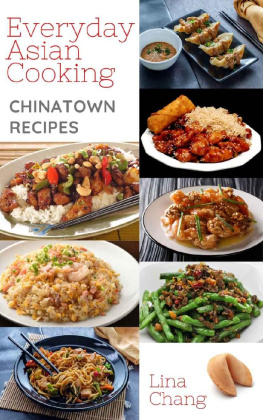
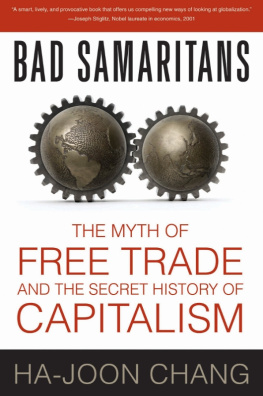
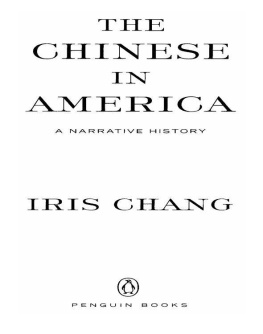
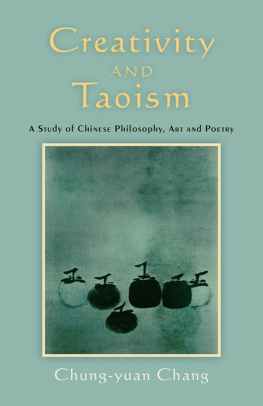

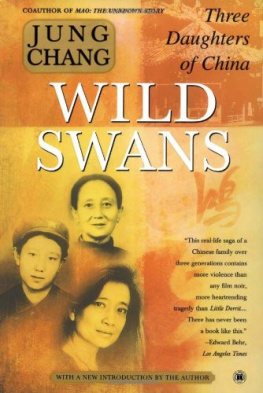



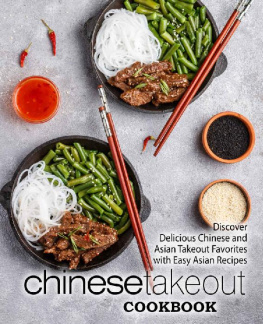
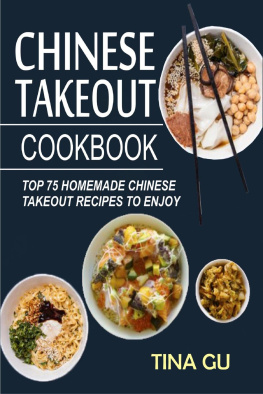
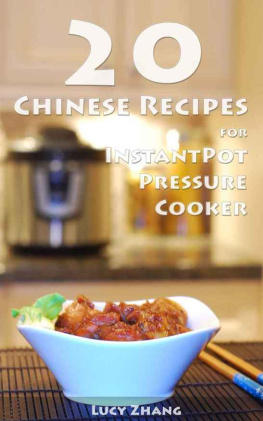
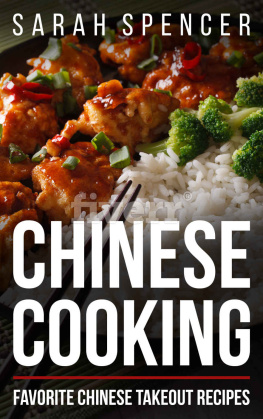

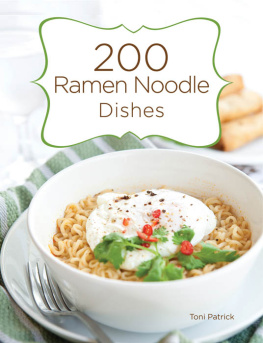
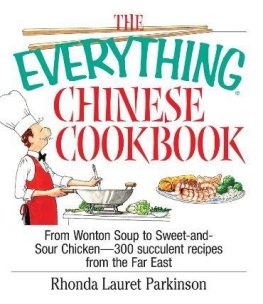

 www.thecookbookpublisher.com
www.thecookbookpublisher.com Just CLICK HERE to download your two free cookbooks
Just CLICK HERE to download your two free cookbooks 

 The wok is one of the most commonly used utensils in American Chinese cuisine. It resembles a concave pan, is typically made of steel or heavy iron, and has two handles.
The wok is one of the most commonly used utensils in American Chinese cuisine. It resembles a concave pan, is typically made of steel or heavy iron, and has two handles.  Ingredients 1 package egg roll wrappers Filling 1 pound fresh ground pork (or barbecued pork) 1 onion, diced 2 stalks celery, chopped pound fresh mushrooms, diced 6 water chestnuts, diced pound Napa cabbage, sliced thin 2 green onions, diced 1 pound fresh bean sprouts Seasoning 1 teaspoon oyster sauce 1 teaspoon soy sauce Salt and pepper to taste 1 teaspoon cornstarch Sauce cup water 1 tablespoon cornstarch 1 teaspoon soy sauce 2 teaspoons oyster sauce Salt and pepper 2 tablespoons cornstarch mixed with 2 teaspoons cold water 2 tablespoons oil 2 cups oil for deep-frying Directions
Ingredients 1 package egg roll wrappers Filling 1 pound fresh ground pork (or barbecued pork) 1 onion, diced 2 stalks celery, chopped pound fresh mushrooms, diced 6 water chestnuts, diced pound Napa cabbage, sliced thin 2 green onions, diced 1 pound fresh bean sprouts Seasoning 1 teaspoon oyster sauce 1 teaspoon soy sauce Salt and pepper to taste 1 teaspoon cornstarch Sauce cup water 1 tablespoon cornstarch 1 teaspoon soy sauce 2 teaspoons oyster sauce Salt and pepper 2 tablespoons cornstarch mixed with 2 teaspoons cold water 2 tablespoons oil 2 cups oil for deep-frying Directions Ingredients Sauce cup chicken broth 1 tablespoon soy sauce 1 tablespoon rice wine 1 teaspoon sesame oil Pepper to taste 1 teaspoon cornstarch dissolved in 6 teaspoons water Egg Foo Yung 5 eggs Pepper to taste 2 teaspoons rice wine 1 teaspoon salt 4 tablespoons vegetable oil cup onion, diced 3 sausages, chopped into pieces 6 mushrooms, diced cup mung bean sprouts cup Napa cabbage, chopped Serving 3 green onions, diced 4 cups steamed rice Directions
Ingredients Sauce cup chicken broth 1 tablespoon soy sauce 1 tablespoon rice wine 1 teaspoon sesame oil Pepper to taste 1 teaspoon cornstarch dissolved in 6 teaspoons water Egg Foo Yung 5 eggs Pepper to taste 2 teaspoons rice wine 1 teaspoon salt 4 tablespoons vegetable oil cup onion, diced 3 sausages, chopped into pieces 6 mushrooms, diced cup mung bean sprouts cup Napa cabbage, chopped Serving 3 green onions, diced 4 cups steamed rice Directions